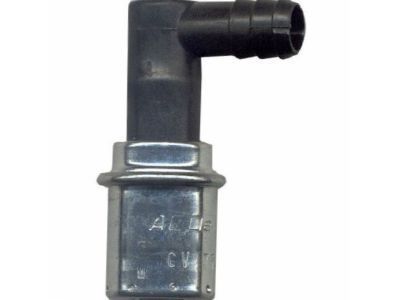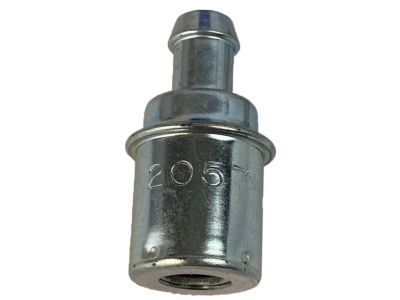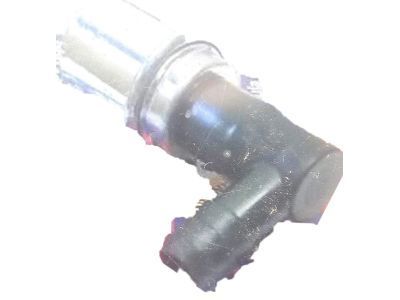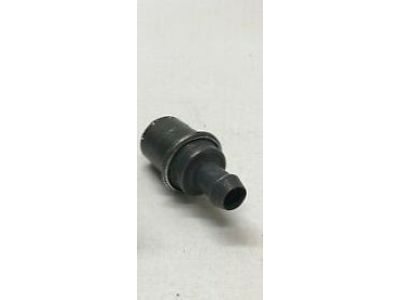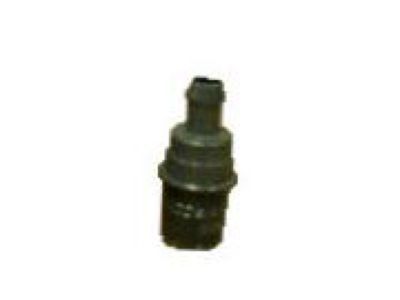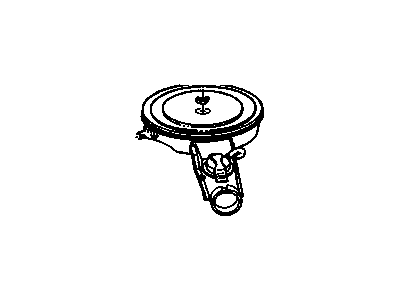
My Garage
My Account
Cart
Genuine Chevrolet Astro PCV Valve
Position Crank Ventilation Valve- Select Vehicle by Model
- Select Vehicle by VIN
Select Vehicle by Model
orMake
Model
Year
Select Vehicle by VIN
For the most accurate results, select vehicle by your VIN (Vehicle Identification Number).
9 PCV Valves found
Chevrolet Astro Valve,Pcv
Part Number: 6487779$9.70 MSRP: $17.64You Save: $7.94 (46%)Ships in 1-3 Business DaysChevrolet Astro Valve Asm,Pcv
Part Number: 19303069$3.73 MSRP: $7.04You Save: $3.31 (48%)Ships in 1 Business DayChevrolet Astro Breather Assembly, Air Cleaner & Silencer
Part Number: 6484966$3.58 MSRP: $6.50You Save: $2.92 (45%)Ships in 1-3 Business DaysChevrolet Astro VALVE ASM,PCV
Part Number: 19458956$4.94 MSRP: $8.98You Save: $4.04 (45%)Ships in 1-3 Business Days
Chevrolet Astro PCV Valve
The PCV Valve in Chevrolet Astro vehicles is part of an important system that makes cars more efficient while at the same time holding the undesirable emissions under check. This part recirculates partially burnt gases from the crankcase back to the combustion chamber thus ensuring they are safely burnt & prevent the accumulation of dangerous oil sludge. Chevrolet Astro PCV Valve is a device that opens or closes relative to the intake manifold vacuum so as to control the flow of gas in a car engine depending on the prevailing circumstances. Many varieties of have been used for PCV Valves throughout the Chevrolet Astro model due to changes in styles and design to further enhance its performance. These valves, in addition to supporting engine health, perform flame arresters for crankcase protection against possible destruction in conditions of high pressure. Due to some of these concerns, it is important to maintain and check the PCV Valve often to prevent circumstances that would bring about problems such as oil contamination as well as high fuel consumption that would otherwise damage the Chevrolet Astro.
Each OEM Chevrolet Astro PCV Valve we offer is competitively priced and comes with the assurance of the manufacturer's warranty for the part. Furthermore, we guarantee the speedy delivery of your orders right to your doorstep. Our hassle-free return policy is also in place for your peace of mind.
Chevrolet Astro PCV Valve Parts Questions & Experts Answers
- Q: How to check and replace the PCV valve on Chevrolet Astro?A:The PCV valve is commonly located near the top of the engine and perhaps, the most commonly known location is the rocker arm cover. Place the engine at normal operating temperature and remove the valve with the hose still connected to it from the rubber grommet of the cover, applying ones finger over the opening, the suction should be felt and by shaking the valve, a rattling sound heard. If there is no vacuum at the valve, it maybe that the hose, the manifold port or the valve is plugged so replace any plugged or deteriorated hoses. Somehow, the PCV valve is checked for any rattle after it has been shut off and the engine has been turned off: If one cannot hear any rattle with the PCV valve, then, it should be replaced with a new one. To change the valve, the valve has to removed from the end of the hose and it is very important to notice where and in which direction the valve was installed. Purchasing a replacement must be of the same vehicle and the engine size as before; it is also required to check the old valve against the new one. Lastly, slip the valve into the end of the hose until it has clicked into place and check the rubber grommet for signs of wear; if worn replace the grommet, then push the PCV valve and hose home.
Related Chevrolet Astro Parts
Browse by Year
2005 PCV Valve 2004 PCV Valve 2003 PCV Valve 2002 PCV Valve 2001 PCV Valve 2000 PCV Valve 1999 PCV Valve 1998 PCV Valve 1997 PCV Valve 1996 PCV Valve 1995 PCV Valve 1994 PCV Valve 1993 PCV Valve 1992 PCV Valve 1991 PCV Valve 1990 PCV Valve 1989 PCV Valve 1988 PCV Valve 1987 PCV Valve 1986 PCV Valve 1985 PCV Valve
